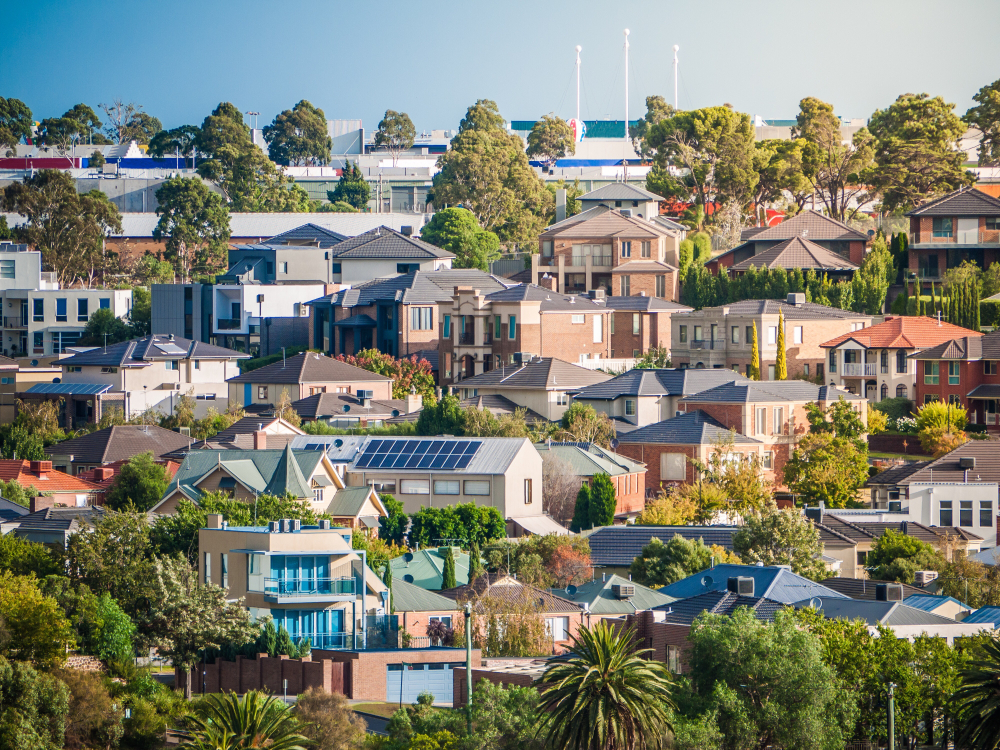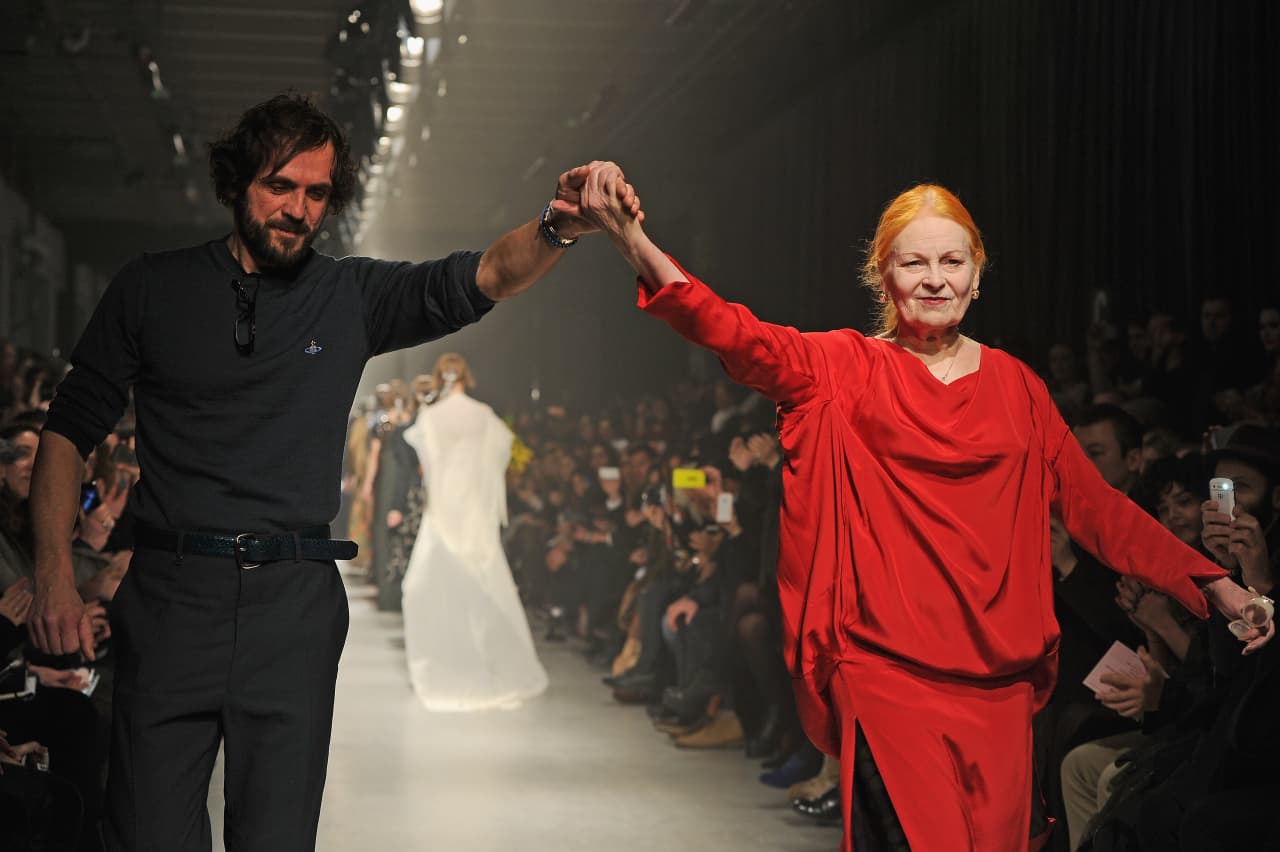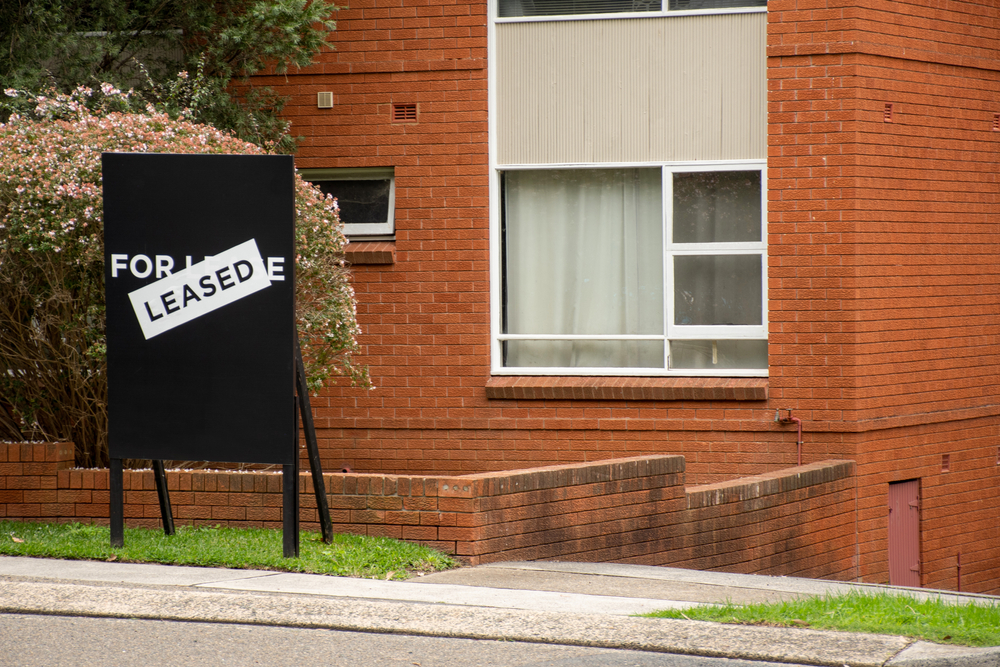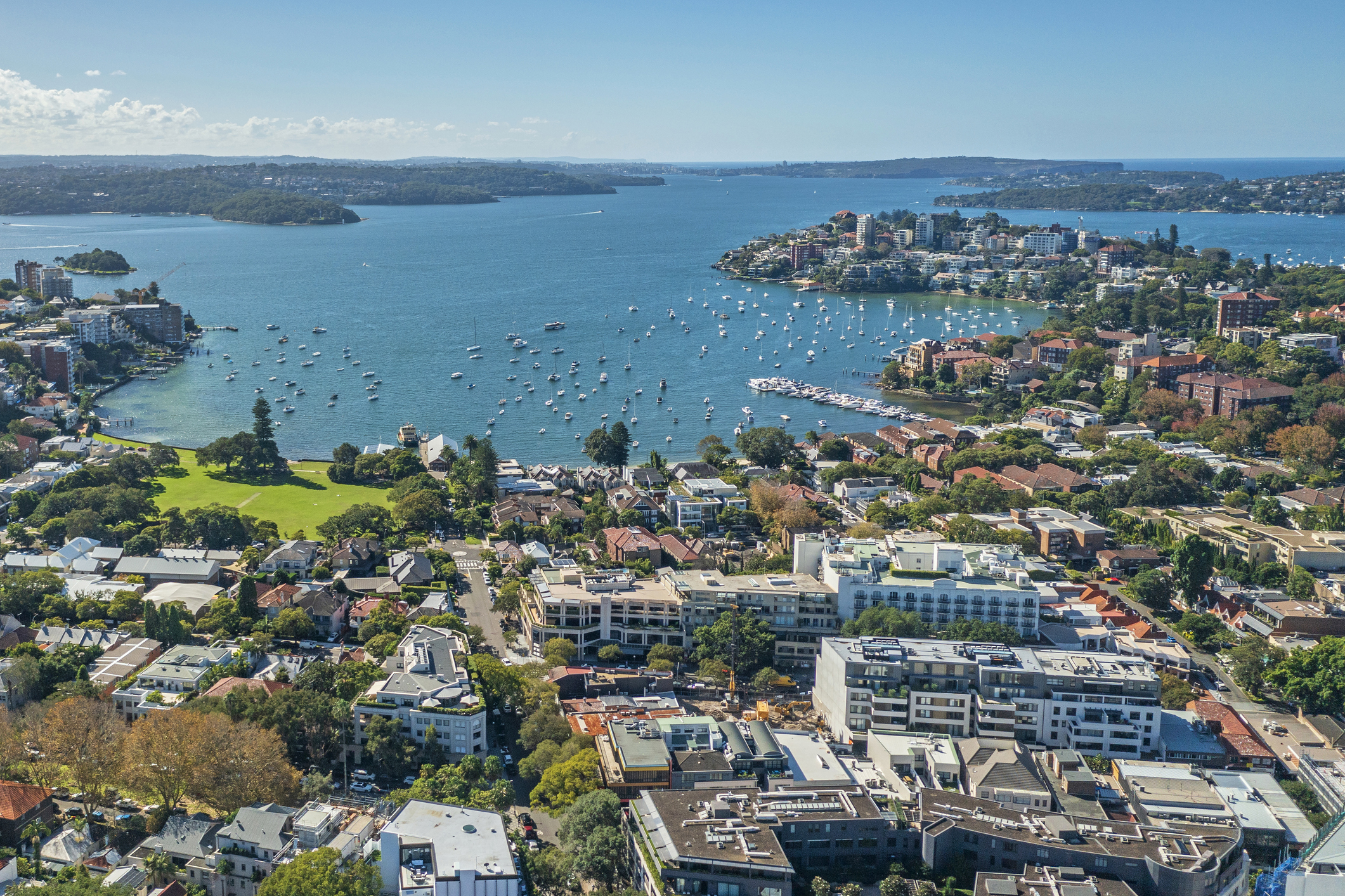If Your Co-Workers Are ‘Quiet Quitting,’ Here’s What That Means
Some Gen Z professionals are saying no to hustle culture; ‘I’m not going to go extra.
Not taking your job too seriously has a new name: quiet quitting.
The phrase is generating millions of views on TikTok as some young professionals reject the idea of going above and beyond in their careers, labelling their lesser enthusiasm a form of “quitting.”It isn’t about getting off the company payroll, these employees say. In fact, the idea is to stay on it—but focus your time on the things you do outside of the office.
The videos range from sincere ruminations on work-life balance to snarky jokes. Some set firm boundaries against overtime in favour of family. Others advocate coasting from 9-to-5, doing just enough to get by. Many want to untether their careers from their identities.
Of course, every generation enters the workforce and quickly realizes that having a job isn’t all fun and games. Navigating contemptible bosses and the petty indignities that have always been inflicted on the ranks of working stiffs has never been easy. And many people who say, when they’re young, that they don’t care about climbing the corporate ladder end up changing their minds.
The difference now is that this group has TikTok and hashtags to emote. And these 20-somethings joined the working world during the Covid-19 pandemic, with all of its dislocating effects, including blurred boundaries between work and life. Many workers say they feel they have power to push back in the current strong labour market. Recent data from Gallup shows employee engagement is declining.
Clayton Farris, 41 years old, said that when he recently heard about the new term circulating on social media he realized he’d already been doing it by refusing to let work worries rule over him the way they used to.
“The most interesting part about it is nothing’s changed,” he said in his TikTok video. “I still work just as hard. I still get just as much accomplished. I just don’t stress and internally rip myself to shreds.”
Across generations, U.S. employee engagement is falling, according to survey data from Gallup, but Gen Z and younger millennials, born in 1989 and after, reported the lowest engagement of all during the first quarter at 31%.
Jim Harter, chief scientist for Gallup’s workplace and well-being research, said workers’ descriptions of “quiet quitting” align with a large group of survey respondents that he classifies as “not engaged”—those who will show up to work and do the minimum required but not much else. More than half of workers surveyed by Gallup who were born after 1989—54%—fall into this category.
One factor Gallup uses to measure engagement is whether people feel their work has purpose. Younger employees report that they don’t feel that way, the data show. These are the people who are more likely to work passively and look out for themselves over their employers, Dr. Harter said.
Paige West, 24, said she stopped overextending herself at a former position as a transportation analyst in Washington, D.C., less than a year into the job. Work stress had gotten so intense that, she said, her hair was falling out and she couldn’t sleep. While looking for a new role, she no longer worked beyond 40 hours each week, didn’t sign up for extra training and stopped trying to socialize withcolleagues.
“I took a step back and said, ‘I’m just going to work the hours I’m supposed to work, that I’m really getting paid to work,’” she said. “Besides that, I’m not going to go extra.”
Ms. West said that she found herself more engaged during meetings once she stopped trying so hard, and she received more positive feedback. She left the job last year and is now a full-time freelance virtual assistant making about 75% of her previous salary. She adjusted by moving back to her home state of Florida.
Zaid Khan, a 24-year-old engineer in New York, posted a quiet quitting video that has racked up three million views in two weeks. In his viral TikTok, Mr. Khan explained the concept this way: “You’re quitting the idea of going above and beyond.”
“You’re no longer subscribing to the hustle-culture mentality that work has to be your life,” he said.
Mr. Khan says he and many of his peers reject the idea that productivity trumps all; they don’t see the payoff.
Some online commenters pledged to relax on social media when they had downtime at work. Others say they will follow their job descriptions to the letter, instead of asking for additional assignments.
A new crop of quiet-quitting videos is starting to pop up, denouncing the move as a cop-out, not a cure-all for burnout or discontentment at work.
People who coast have been fixtures of the office for decades, but many of today’s less-invested employees have been able to skate by thanks to remote work, said Elise Freedman, a senior client partner at consulting firm Korn Ferry.
If the economy sours, Ms. Freedman said, less-engaged workers may be more at risk of layoffs. “It’s perfectly appropriate that we expect our employees to give their all,” she said.
Josh Bittinger, a 32-year-old market-research director at a management-consulting company, said people who stumble on the phrase “quiet quitting” may assume it encourages people to be lazy, when it actually reminds them to not work to the point of burnout.
After years of saying “yes” to everything, in hopes of standing out, Mr. Bittinger said he’s learned to say no more, reserves evenings for himself and avoids checking email on vacation.
“I get my job done, my projects done. I’m performing well and I get good feedback,” he said. “And I’m able to still take time to just step away from everything.”
Reprinted by permission of The Wall Street Journal, Copyright 2021 Dow Jones & Company. Inc. All Rights Reserved Worldwide. Original date of publication: August 12, 2022.
 Copyright 2020, Dow Jones & Company, Inc. All Rights Reserved Worldwide. LEARN MORE
Copyright 2020, Dow Jones & Company, Inc. All Rights Reserved Worldwide. LEARN MORE
This stylish family home combines a classic palette and finishes with a flexible floorplan
Just 55 minutes from Sydney, make this your creative getaway located in the majestic Hawkesbury region.
New research suggests spending 40 percent of household income on loan repayments is the new normal
Requiring more than 30 percent of household income to service a home loan has long been considered the benchmark for ‘housing stress’. Yet research shows it is becoming the new normal. The 2024 ANZ CoreLogic Housing Affordability Report reveals home loans on only 17 percent of homes are ‘serviceable’ if serviceability is limited to 30 percent of the median national household income.
Based on 40 percent of household income, just 37 percent of properties would be serviceable on a mortgage covering 80 percent of the purchase price. ANZ CoreLogic suggest 40 may be the new 30 when it comes to home loan serviceability. “Looking ahead, there is little prospect for the mortgage serviceability indicator to move back into the 30 percent range any time soon,” says the report.
“This is because the cash rate is not expected to be cut until late 2024, and home values have continued to rise, even amid relatively high interest rate settings.” ANZ CoreLogic estimate that home loan rates would have to fall to about 4.7 percent to bring serviceability under 40 percent.
CoreLogic has broken down the actual household income required to service a home loan on a 6.27 percent interest rate for an 80 percent loan based on current median house and unit values in each capital city. As expected, affordability is worst in the most expensive property market, Sydney.
Sydney
Sydney’s median house price is $1,414,229 and the median unit price is $839,344.
Based on 40 percent serviceability, households need a total income of $211,456 to afford a home loan for a house and $125,499 for a unit. The city’s actual median household income is $120,554.
Melbourne
Melbourne’s median house price is $935,049 and the median apartment price is $612,906.
Based on 40 percent serviceability, households need a total income of $139,809 to afford a home loan for a house and $91,642 for a unit. The city’s actual median household income is $110,324.
Brisbane
Brisbane’s median house price is $909,988 and the median unit price is $587,793.
Based on 40 percent serviceability, households need a total income of $136,062 to afford a home loan for a house and $87,887 for a unit. The city’s actual median household income is $107,243.
Adelaide
Adelaide’s median house price is $785,971 and the median apartment price is $504,799.
Based on 40 percent serviceability, households need a total income of $117,519 to afford a home loan for a house and $75,478 for a unit. The city’s actual median household income is $89,806.
Perth
Perth’s median house price is $735,276 and the median unit price is $495,360.
Based on 40 percent serviceability, households need a total income of $109,939 to afford a home loan for a house and $74,066 for a unit. The city’s actual median household income is $108,057.
Hobart
Hobart’s median house price is $692,951 and the median apartment price is $522,258.
Based on 40 percent serviceability, households need a total income of $103,610 to afford a home loan for a house and $78,088 for a unit. The city’s actual median household income is $89,515.
Darwin
Darwin’s median house price is $573,498 and the median unit price is $367,716.
Based on 40 percent serviceability, households need a total income of $85,750 to afford a home loan for a house and $54,981 for a unit. The city’s actual median household income is $126,193.
Canberra
Canberra’s median house price is $964,136 and the median apartment price is $585,057.
Based on 40 percent serviceability, households need a total income of $144,158 to afford a home loan for a house and $87,478 for a unit. The city’s actual median household income is $137,760.
Consumers are going to gravitate toward applications powered by the buzzy new technology, analyst Michael Wolf predicts
Just 55 minutes from Sydney, make this your creative getaway located in the majestic Hawkesbury region.























